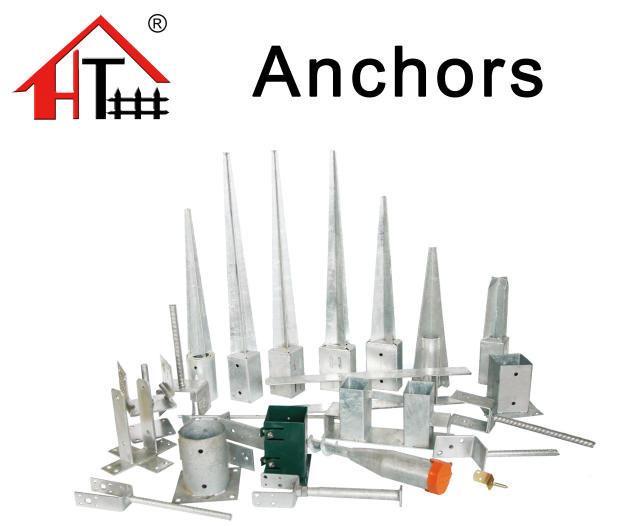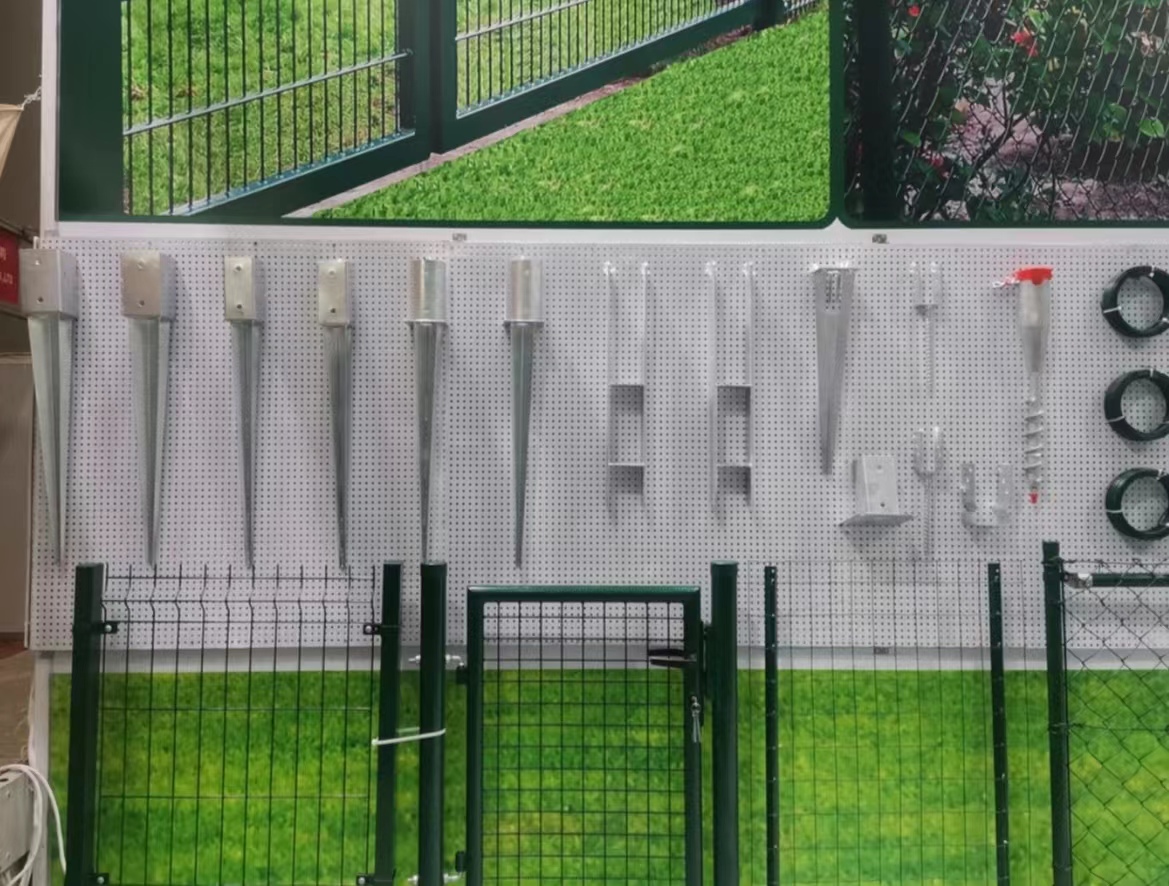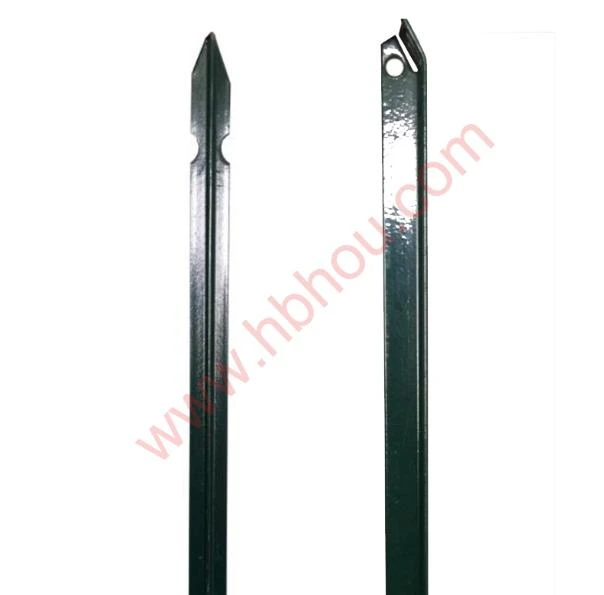How to Create a Deer-Proof Garden Fence
Gardening is a rewarding and therapeutic hobby, but for many gardeners, it can also be a source of frustration, especially when dealing with unwanted visitors. One of the most notorious culprits is the deer, which can devastate a garden in no time. To protect your plants and create a flourishing space, implementing a deer-proof garden fence is essential. In this article, we will explore the best practices and considerations for building a fence that can effectively keep deer at bay.
Understanding Deer Behavior
Before constructing a fence, it’s crucial to understand deer behavior. Deer are natural jumpers and can leap over obstacles that are up to eight feet high. They are also curious creatures and might try to find their way around or under the fence. Therefore, a successful deer-proof fence must account for these traits.
Choosing the Right Materials
When it comes to building your deer-proof fence, the materials you choose can make a significant difference. Common options include
1. Wood Fencing A solid wood fence at least 8 feet tall can be effective. However, this option may require regular maintenance, such as staining or painting, to prevent rot.
2. Wire Fencing Inexpensive and durable, wire fencing, such as welded wire or high-tensile fencing, can be excellent choices. Make sure the wire is tall enough and has openings small enough to prevent deer from getting through.
3. Electric Fencing For gardeners looking for a more high-tech solution, electric fencing can be quite effective. It can deter deer with a mild zap and is usually less visually obtrusive than wooden or tall wire fences.
Fence Design Considerations
While the materials you use are important, the design of the fence is critical. Here are some design tips to increase effectiveness
deer proof garden fence

1. Height As mentioned earlier, your fence should be at least 8 feet tall. If you decide on a shorter fence, consider adding an angled top to make it more difficult for deer to jump over.
2. Digging Prevention Deer are known to dig, so make sure the fence extends at least a foot underground or that you add a wire apron extending outward from the bottom of the fence.
3. Double Fencing If you're serious about keeping deer out, consider constructing two parallel fences. This can confuse deer, making it more difficult for them to navigate and jump over.
Additional Strategies
Incorporating other strategies alongside your fence can result in a more robust defense. For instance
- Plant Selection Choose deer-resistant plants for your garden. These include herbs like rosemary and sage, as well as specific flowers and shrubs known to deter deer.
- Scare Tactics Items like reflective tape, wind chimes, or even motion-activated lights can help scare deer away. While these may not serve as a standalone solution, they can complement your fencing efforts.
- Scent Deterrents Using deer repellents, which you can find at gardening stores, can also help. These products usually contain ingredients that deer find unpleasant and can be sprayed around your garden for added protection.
Conclusion
Building a deer-proof garden fence can be a game-changer for any gardener determined to protect their space from these hungry foragers. By understanding deer behavior, selecting the right materials, designing an effective fence, and integrating additional deterrents, you can create a sanctuary for your plants. With the right preparation, your garden can flourish, free from the threats of deer destruction. Happy gardening!
















